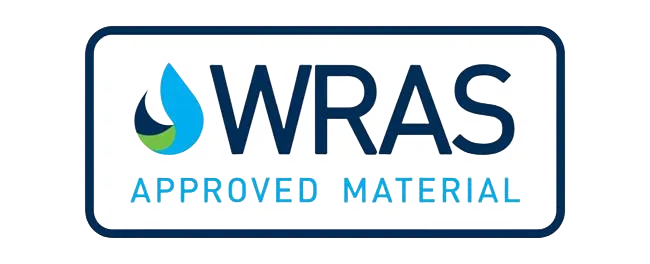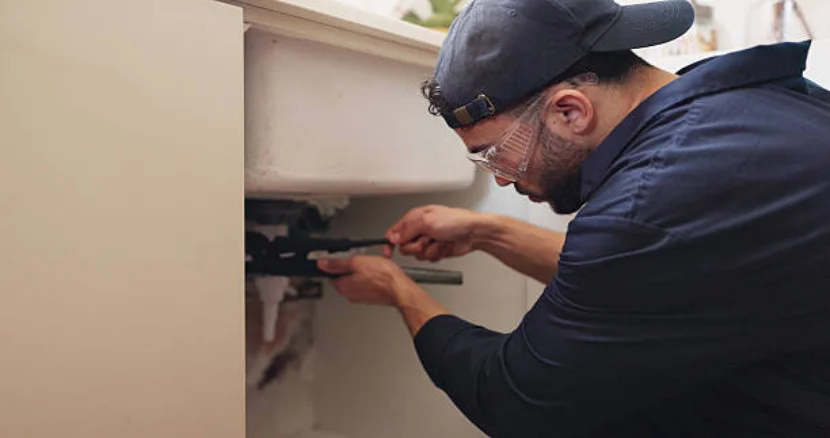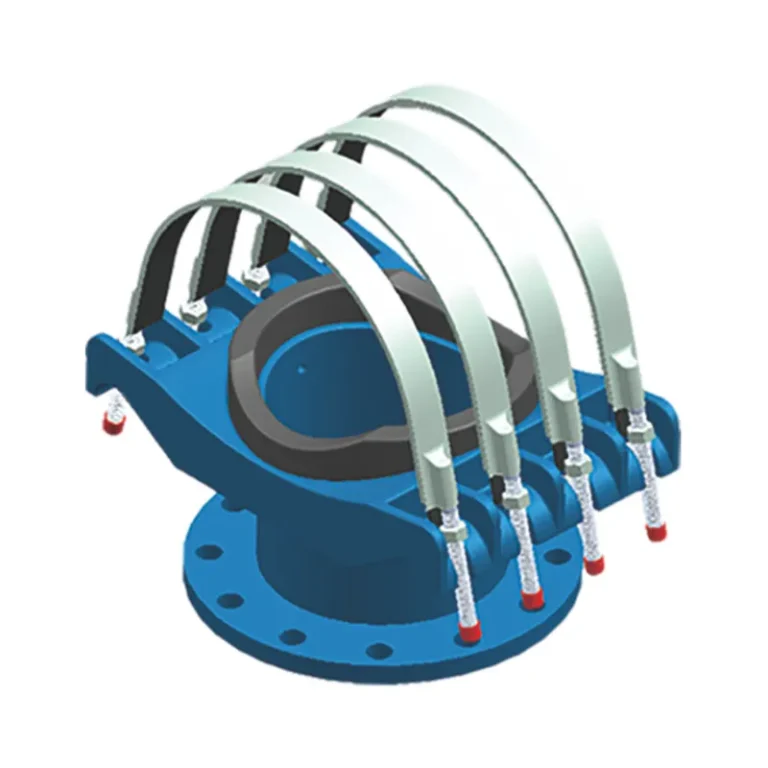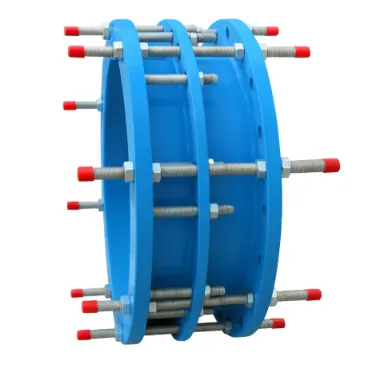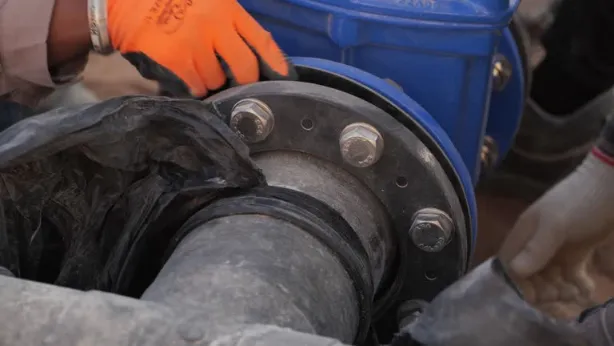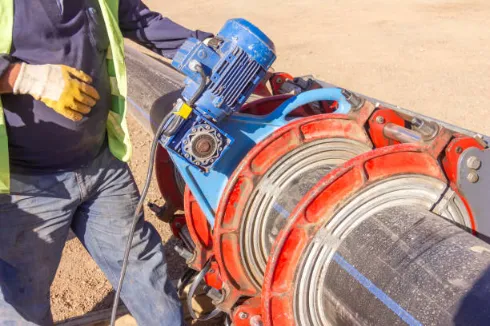Segni di invecchiamento Tubi idraulici
Indicatori comuni di deterioramento del tubo
I vecchi tubi nella tua casa possono iniziare ad agire. Potresti notare ruggine o usura su tubi che spiccano nel tuo seminterrato o sotto i lavandini. Questa ruggine può rendere divertente il sapore dell'acqua e indebolire i tubi nel tempo. Se l'acqua del rubinetto sembra un po' gialla o marrone, probabilmente è ruggine che si accumula all'interno. Inoltre, se continui a vedere perdite o pozzine nei rubinetti o nei servizi igienici, questo è un grande avvertimento. Potrebbe significare che i problemi si nascondono nella tua idraulica. Hai scarichi lenti o appena nessuna pressione dell'acqua? Le probabilità sono, rubbish o ruggine sta intassando le cose.
Come identificare perdite e corrosione nei tubi
Cattura dei problemi di tubo presto può salvare un mal di testa. Cerca macchie o macchie umide sulle tue pareti, pavimenti o soffitti. Questi potrebbero significare una perdita di un tubo dove non puoi vederlo. Se i tuoi tubi stanno battendo, fischiando o facendo rumori strani, probabilmente qualcosa è spento. Per la ruggine, controlla le macchie rossastre sui tubi di metallo o le macchie dove la vernice si sbuccia dall'umidità. Un idraulico può incollare una piccola fotocamera nei tubi per controllare i problemi che non troverete mai da soli.
I rischi di ignorare i tubi invecchiati
Se spazzoli via i vecchi tubi, stai chiedendo problemi. Le perdite non solo gocciano, ma aumentano la tua bolletta dell'acqua. I tubi arrugginiti diventano fragili e potrebbero scoppiare, inondando il tuo posto e distruggendo le cose. Inoltre, la ruggine può rendere l'acqua grossolana o addirittura pericolosa da bere, che è una cattiva notizia per la tua famiglia. Piccoli problemi idraulici possono trasformare palla di neve in enormi disordini se non li affronti, e risolvere le emergenze costa una fortuna.
Fattori da considerare prima di decidere tra riparazione e sostituzione
Valutare la gravità dei danni al tubo
Devi sapere quanto sono male le tue tubazioni prima di scegliere una soluzione. Una piccola perdita o una piccola macchia potrebbe richiedere solo una patch rapida, come l'uso di una pinza di riparazione del tubo per fermare la goccia. Ma se i tubi sono arrugginiti ovunque o perdono in un mucchio di macchie, sostituirli è di solito la strada giusta. Ti salva da affrontare gli stessi mal di testa più e più volte.
Valutazione della durata di vita di diversi materiali per tubi
Di cosa sono fatti i tubi determina quanto tempo resisteranno. I tubi di rame sono super resistenti e possono durare oltre 50 anni se li tratti correttamente. I tubi in acciaio zincato, tuttavia, tendono ad arrugginirsi e spesso devono essere sostituiti dopo 20-50 anni. I materiali più recenti come il PVC o il PEX possono continuare per oltre 40 anni se le cose sono ben impostate. Scoprire il tipo di tubo ti aiuta a sapere se è tempo di un grande cambiamento.
Considerazioni di bilancio per la riparazione o la sostituzione
Il denaro contante è una parte importante della scelta se riparare o sostituire i tubi. Patching una piccola perdita è economico all'inizio. Ma se stai sempre chiamando l'idraulico per ulteriori perdite, quelle bollette si accumulano rapidamente. Mettere in nuovi tubi, come PEX, costa più in anticipo, ma è un risparmio di soldi in seguito. Non avrai bisogno di tante soluzioni e la tua acqua scorrerà meglio, il che è un bel bonus.
Soluzioni efficaci per la riparazione delle perdite di tubo
Utilizzando una pinza di riparazione di tubi per le riparazioni temporanee
UN Pinze di riparazione del tubo è come un veloce Band-Aid per un tubo che perde. Si avvolge intorno al foro e impedisce all'acqua di spruzzarsi. È fantastico per le emergenze, come quando un tubo inizia a perdere a mezzanotte e non puoi trovare subito un idraulico. Tiene le cose sotto controllo fino a quando non riesci a trovare una soluzione reale.
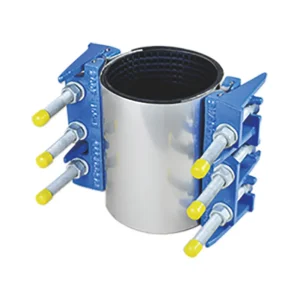
Tecniche professionali per la riparazione permanente delle perdite
Per le soluzioni che stick, idraulici hanno alcuni trucchi puliti nella manica. Potrebbero usare epossidi per sigillare punti deboli o tagliare sezioni di tubazione cattive e metterne di nuove, come il rame o il PEX. Questi metodi di riparazione delle perdite di tubi rendono la vostra idraulica dura e impediscono che le perdite ritornino. Un buon idraulico assicura che il sistema torni a funzionare senza problemi.
Manutenzione preventiva per evitare future perdite
Prendersi cura dei tuoi tubi li mantiene felici per più tempo. Controllarli di tanto in tanto può individuare piccoli problemi prima che crescano. Pulire i tubi e schiaffolare i rivestimenti protettivi impedisce alla ruggine di infiltrarsi. Se l'acqua è super dura, un ammorbiditore d'acqua può ridurre la spazzatura minerale che mastica i tubi. Articolazioni conflesse produce attrezzature su misura per sistemi di tubazioni industriali, fornendo soluzioni solide per tutti i tipi di installazioni in tutto il mondo.
Il ruolo dello smontaggio delle giunzioni nei sistemi idraulici
Vantaggi dello smontaggio dei giunti per la manutenzione dei tubi
Smantellamento delle articolazioni sono un cambiamento totale per l'idraulica. Sono pazzi facili da entrare o tirare fuori, quindi fissare i tubi non sembra una faccenda. Basta torcere alcuni bulloni, e bam - sei dentro. Non c'è bisogno di strumenti sofisticati o ore di lavoro. Confronta questo con hacking via ai tubi o saldarli, che è un dolore e richiede competenze professionali.
Sono anche super bendy, in un buon modo. I tubi possono oscillare a causa del calore, dei cambiamenti di terra o delle macchine che ronchiano nelle vicinanze. Lo smontaggio delle giunzioni assorbe quel movimento, in modo che i tubi non si crepangino o si usurino. Immaginate una fabbrica con grandi macchine che tremano tutto il giorno: queste giunzioni mantengono i tubi freschi e sicuri.
Il leak-proofing è un'altra vittoria. Le giunzioni di smontaggio bloccano i tubi strettamente insieme, in modo che acqua, olio o qualsiasi altra cosa che scorre rimanga messa. Hanno guarnizioni dure che assicurano che nulla sfugga. Questo è enorme in luoghi dove una fuoriuscita potrebbe rovinare l'ambiente o chiudere il lavoro.
In termini di denaro, sono un furto. Non costano un braccio e una gamba, e fanno riparazioni più veloci, quindi non paghi un idraulico per ore. Giocano bene con tutti i tipi di tubazioni, quindi aggiungere nuove sezioni o aggiornare il sistema non è un grande problema.
Quando usare giunzioni di smontaggio durante riparazioni o sostituzioni
Le giunzioni di smontaggio sono il tuo migliore amico sia per le riparazioni rapide che per le revisioni principali dei tubi. Brillano in angoli stretti o configurazioni di tubi disordinati dove è difficile spostarsi. Ti permettono di separare i tubi e schiaffolarli insieme senza una tonnellata di dramma, in modo da non essere bloccati con un grande caos.
Come, se un tubo sotterraneo è diventato arrugginito o rotto, un giunto di smontaggio rende più facile la fissazione ora e poi. È come prepararsi per meno stress lungo la strada. Se stai aggiungendo nuovi tubi o cambiando le cose per un nuovo progetto di costruzione, questi giunti ti consentono di collegare sezioni fresche senza strappare l'intero sistema. Sono perfetti per luoghi come fabbriche o linee idriche cittadine che continuano a cambiare.
Scegliere la soluzione giusta per le vostre esigenze idrauliche
Confronto dei costi: riparazione vs. sostituzione
La decisione di patch o sostituire i tubi di solito si riduce al tuo portafoglio. Fissare una piccola perdita con una pinza di riparazione del tubo è facile sul tuo conto bancario all'inizio. Ma se i tubi si crollano a sinistra e destra, quelle piccole riparazioni iniziano a costare molto. Cambiare i tubi vecchi con quelli nuovi, come PEX o rame, colpisce il vostro budget più difficile in anticipo. Ma si paga perché non si sta costantemente bombardando per più riparazioni, e il vostro sistema idrico funziona più fluido.
Di che cosa sono fatti i tuoi tubi importa anche. Il rame è un campione e dura oltre 50 anni, ma è costoso. Il PVC e il PEX sono più gentili con il vostro budget e rimangono ancora in giro per 25-40 anni. Devi pesare quello che puoi pagare ora contro quello che ti risparmierà denaro in seguito.
Vantaggi a lungo termine di investire in riparazioni di qualità o nuove installazioni
Spendere un po 'in più per riparazioni solide o nuovi tubi è una mossa intelligente. Scattare vecchi tubi arrugginiti, come l'acciaio zincato, per quelli più nuovi rende l'acqua più sicura. Non preoccuparti più della ruggine o delle cose sgradevoli nella tua acqua potabile. I tubi nuovi di solito vengono forniti con garanzie, quindi se qualcosa va storto, sei coperto.
Tubati migliori significano una pressione dell'acqua più forte e meno intasamenti, il che rende le docce e il lavastoviglie più facili. Controllare regolarmente i tubi e aggiungere rivestimenti li mantiene in forma di punta. Impede ai piccoli problemi di trasformarsi in disastri che distruggono il portafoglio. Conflex Joints dispone di soluzioni su misura per condotte industriali, garantendo che i sistemi funzionino ottimalmente ovunque nel mondo.
Domande frequenti
D: Per cosa vengono utilizzati i giunti di smontaggio?
Lo smontaggio delle giunzioni rende l'inserimento o l'estrazione di tubi un attimo. Mantengono le cose flessibili e fermano le perdite nel vostro impianto idraulico.
D: Come decido tra riparare e sostituire i tubi?
Verifica quanti danni ci sono, quanto tempo i tubi dovrebbero durare e cosa spenderai nel tempo. Una piccola perdita potrebbe richiedere solo una patch, ma tonnellate di danni significa sostituirli.
D: Quali materiali sono migliori per sistemi idraulici di lunga durata?
Il rame è resistente come le unghie e dura oltre 50 anni. PEX è flessibile ed economico. Il PVC è leggero e rimane lì per 25-40 anni se le cose vanno bene.
D: Come posso prevenire le perdite nel mio sistema idraulico?
Guarda spesso i tuoi tubi, usa rivestimenti per bloccare la ruggine, mantenere la pressione dell'acqua costante e utilizzare raccordi solidi come lo smontaggio delle giunzioni.
D: Perché dovrei scegliere i prodotti Conflex Joints per le mie esigenze idrauliche?
Conflex Joints costruisce materiale resistente per tubazioni industriali. Con oltre 15 anni di know-how, vi offrono una configurazione rapida e un servizio straordinario in tutto il mondo.




